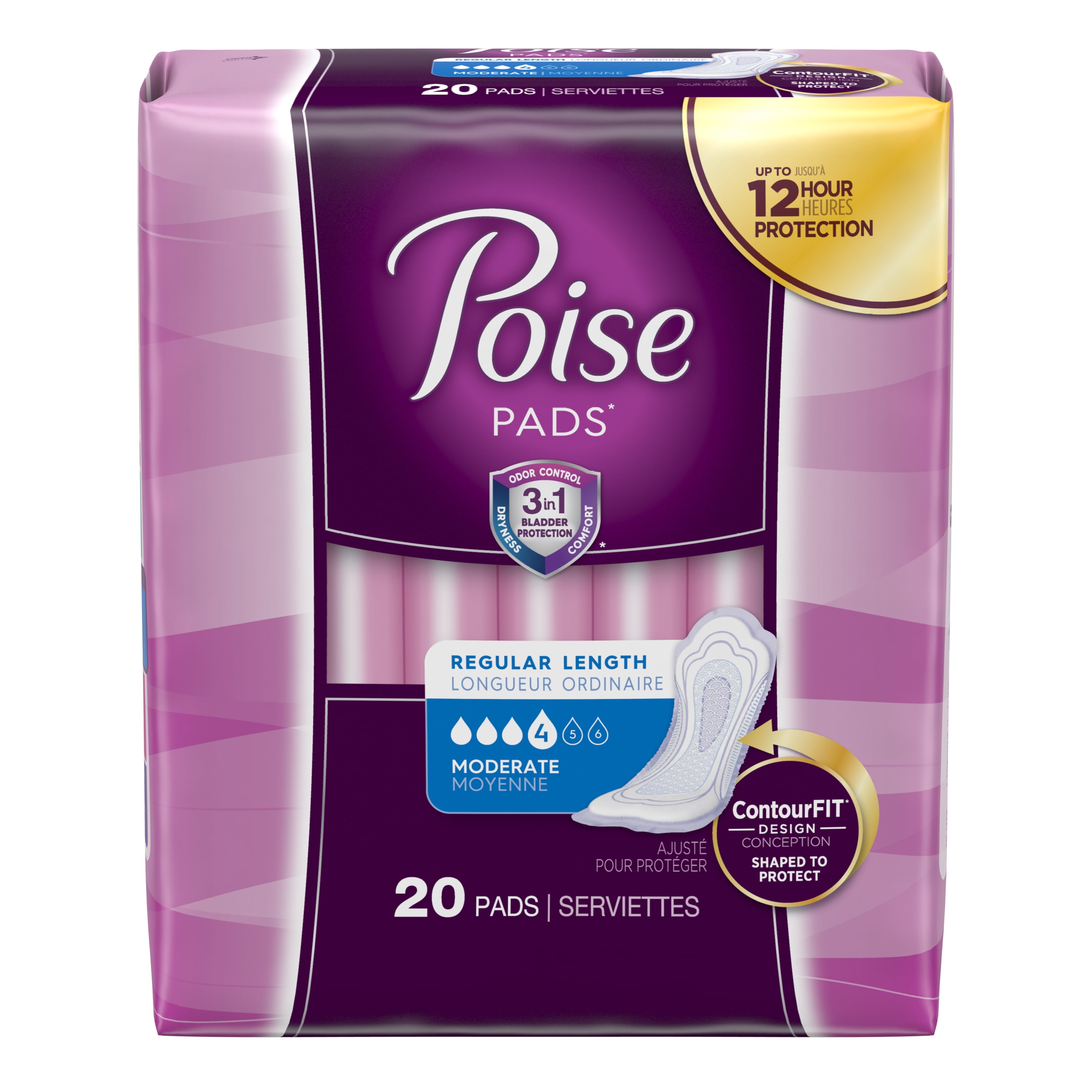September 19, 2024
Postpartum Recuperation Timeline: Healing After Birth
Giving Birth & Urinary Incontinence Urogynecology & Pelvic Health The symptoms of urinary system incontinence may look like various other conditions or medical problems. In a research of women following giving birth, 75% of females that feel a lump boosted by 1 year complying with childbirth. In a study of women complying with childbirth, regarding 50% saw improvement of urinary system urgency at 1 year following giving birth.
Get The Ucla Health App
- Consequently, some pee might leak when you sneeze, laugh or coughing.
- Your health and wellness needs to be among your main worries after childbirth.
- It is likewise regular to feel discomfort and discomfort in pelvic locations.
- Urinary urinary incontinence is not an unpreventable result of aging, yet it is specifically common in older people.
- Several constraints in this existing research study must be concerned.
If, in addition to other postpartum signs like perineal pain and irregular bowel movements, you're observing that it's harder to control your bladder after delivering, you're not alone. Discover why you pelvic flooring is very important prior to and during pregnancy and after giving birth, with recommendations from a pelvic floor physio therapist on exactly how and why to strengthen your pelvic floor. Pelvic flooring exercises are developed to improve muscular tissue tone and stop the requirement for rehabilitative surgical procedure. If you have impulse incontinence, or an overactive bladder, medicine can help to relax the bladder muscle mass. When you're pregnant, your growing infant taxes your bladder.
What Should I Buy For Postpartum Recuperation?
After distribution, a mix of blood, mucus and cells from the uterus comes out of the vaginal area. The discharge changes color and decreases over 4 to 6 weeks after a child is born. The discharge after that reduces and becomes watery up until it quits. View all urinary incontinence treatments at the end of our Urinary system Urinary incontinence web page. As the baby's head boils down into the pelvis, it presses versus the muscles that line the inside of the hips. The further down the baby's head enters into the pelvis, the higher the stress against these muscles and underlying nerves. After the cervix is absolutely dilated, the pushing phase of labor starts. The mother is normally asked to await a tightening to start, after that hold her breath, and birth down as hard as she can in order to push the infant out.
How do you deal with a female who can't hold her urine?
The discomfort and issues typically disappear within weeks of pregnancy. Since there is pee leakage and bleeding, ladies are made to use mesh undergarments with large medical facility pads after delivery. Few females like these panties and thick pads, so loading this important is essential. New mothers require to put on full insurance coverage pads and ladies diapers to manage their incontinence. Research studies show that more than a third of women that deliver vaginally have some damages to these rectal muscles. In females with a forceps delivery, regarding 80% have damage to the anal muscles. Many recover their pre-labor function, but for some the destructive results can linger for several years. For some women this pressure can cumulatively add up to many hours. Two nerves, called the pudendal and the pelvic nerves, rest on each side of the birth canal within the muscle mass that are straight under the baby's head. Because they are so near to the child's head, these nerves are specifically susceptible to the stress of labor. The pudendal and pelvic nerves lug the signals from the brain to the muscular tissues that hold the bladder and anus in place. If these nerves are wounded, the signals indicated for the muscles around the bladder, vaginal canal, and anus may not be sent appropriately. If birth goes to home, the very first
Check over here postnatal call ought to be as early as possible, within 24-hour of birth.5. Make sure at least 3 postnatal brows through for all mommies and children on day 3 (48 to 72 hours), in between days 7 to 14, and 6 weeks after birth.6. Using prophylactic prescription antibiotics amongst women with a vaginal distribution and a third or fourth-degree perineal tear is advised to avoid wound issues.8.
